Beautiful, Cruel Patagonia—My Ultra Fiord Race Experience
(Warning: This is a “long read.” Grab a cup of coffee and settle in.)
Two months have passed since I traveled to Patagonia to run the Ultra Fiord 100. Until today, despite ample previous attempts, I haven’t felt able to sit down and write publicly about my personal experience there. Instead, I’ve worked diligently on reporting objectively about the tragic loss of Mexican runner Arturo Martínez Rueda during the race—first in an online report, then in a far more in-depth, investigative piece for print publication (“The Thin Line,” July issue of Trail Runner, just showing up in people’s mailboxes and on newsstands this week).
Thanks and apologies to my friends and loved ones for the immense amount of time and mental energy I devoted to this article in lieu of most everything and everyone else in my life for a full month after I returned home from Chile. It felt important to the international trail-running community. It felt necessary, as it so frequently does, to search for meaning (and lessons) in tragedy. And, perhaps selfishly, it was also a way for me to cope with the tsunami of emotions that Ultra Fiord left me with, even as emotionless as objective reporting tends to be by nature and necessity.
Ultra Fiord was a race that captured my heart.
Then, within 24 hours, shattered it.
When I began to write my piece for print on this year’s race, I couldn’t help but write initially in first person. Eventually it became clear my own experiences didn’t belong in that article. (My heartfelt thanks to Steve at home, and Paul Cuno-Booth and Mike Benge at TR, for all their brilliant guidance and editing along the way.) Instead, I’m dumping all my own memories, impressions, and yes, emotions, here on my blog.
I wanted to write about meeting Arturo several hours before the start of the race—the way he transpired out of thin air in the cold, stormy streets of Puerto Natales to help my friends Tim, Angel and Jenn find a hostel for the night (all of them in town, coincidentally, not for the race, but to crash after a trek through nearby Torres del Paine National Park). The way Arturo raved about the place where he was staying and walked us all there. Even after the hostel owner said there weren’t enough beds to accommodate all three of my friends, the way Arturo cajoled and cajoled, smiling, good-natured, begging the owner to help my friends out. He even offered his own bed to them since he pointed out, after all, he’d be out running in the mountains for the next two nights.
After the race, after I learned that Arturo had died, I thought what a miraculous coincidence it was that I got to know him a little on the last day of his life. But it wasn’t a coincidence, or even unique. Nearly every other runner I talked to later had similar stories about having randomly met Arturo, about him chatting them up somewhere in the days before the race—at the airport in Santiago, at a restaurant in Puerto Natales, somewhere on the street, at a hostel, at the race headquarters in town, at the dropbag drop-off location, on the buses from town to the Ultra Fiord starting line, somewhere along the trail during the race.
In his brief time in Patagonia, Arturo made more friends than any of us.
Getting to know so many of his friends and family from Mexico through interviews in the past two months, I now understand that this is just who he was. Everyone said over and over again to me, “In Arturo’s world, there were no strangers—only friends he hadn’t met yet.”
On Choosing to Run a Reputedly Dangerous Race
When I got contacted in February with an invite to Patagonia to run and write about this year’s Ultra Fiord, I had mixed feelings. Excitement, mostly; I’d never been to South America before. But also anxiety. I knew there had been a number of safety issues and close calls at last year’s race. Two accomplished runners, Mel and Jonathan Sinclair, who live in Chile and were at the inaugural 2015 Ultra Fiord, wrote on their blog last year that they suspected that there could be a fatality at this race in future years.
None of this curried my favor or interest, not one bit. I love running tough, long races in the mountains for a lot of reasons; betting on my life isn’t one of them. I tend to be a highly risk-averse human. I refrain from many of the pursuits my fellow Coloradans partake in, as I am terrified of being buried in an avalanche, or drowning in a river, or falling into a crevasse.
So why did I agree to go to Patagonia to run Ultra Fiord, then?
I suppose, because I was curious.
Because I understand how warped our society’s (and my own) relationship with the concept of risk tends to be. More than one million people die in car crashes each year, but that doesn’t seem to stop anyone from spending much of their lives in cars. There is no doubt in my mind that the hours (12 of them!) I spent driving to and from the Denver airport were the riskiest part of my entire trip to Patagonia.
And because once the nugget of an idea or opportunity crosses my mind, it’s close to impossible to shake. When I’ve read the memoirs of mountaineers who glimpse a possible new line up a peak and, in spite of their awareness of the risks, can’t resist the siren call of attempting a summit, I get it. Their risk tolerance exceeds mine by leaps and bounds, no doubt, but I understand that irresistible temptation to attempt something you’re uncertain you can pull off.
And finally, because back in February, every single person I spoke to who ran the race last year told me the same thing: Go for it. Plan to be entirely self-sufficient, go with an open mind and sense of adventure, and you’ll have an amazing time.
Nonetheless, I didn’t announce on social media ahead of time that I was going, specifically because I didn’t want to feel any extra pressure to continue the race if I felt at any point that its risks exceeded my comfort level. I told my closest friends and loved ones who did know I was going, “I promise to make smart decisions out there.”
I wasn’t alone in this sentiment. Only after the race did I come across one of the last things Arturo Martínez expressed on social media before the race—a note dashed off to his friends and hostel bunkmates in Puerto Natales: “Jim, I will remember your advice. Never make decisions on the trail we later regret. See you and Kate at the finish line.”
On the Race Itself
To be honest, over the last two months, my memories of the race itself have largely been buried under an exhausted, melancholy miasma. Otherwise this would have been one of the livelier race reports I’ve written in a while.
I’ll do my best to recall what I can.
I was in a terribly grumpy mood for several days leading up to the race, stressed about:
- A few things in my personal life
- Not sleeping much the night before I left the country (the Airbnb I rented near the airport in Denver had a dog that barked all night long before my 3:30 a.m. alarm to catch my first flight of five over the next two days)
- Whether my luggage would be lost in transit, or whether any of my questionable items (trekking poles, Microspikes and a metric ton of GU) might be confiscated en route
- Being genuinely anxious about whether I’d made a terrible, reckless decision to run a race whose reports from its inaugural year put me at ill ease
- The distinct possibility of getting stalked by mountain lions at night (happened to runners last year, and it would happen to a few again this year)
- The physical state in which I arrived in Puerto Natales at 1 a.m. on race day—having hardly slept in the previous 60 hours since I’d left my house in Ridgway, dehydrated, having eaten nothing but bad airline/airport food for three days, my legs and feet swollen and cramped from all the planes and final three-hour bus ride
After (finally) a restful eight hours of sleep at my hotel in Puerto Natales, T minus 14 hours until our midnight race start: I awoke still swollen and bloated and grumpy. Sleet and high wind all day in town. News that due to severe weather, we’d run a modified course of 88ish miles. Massive thunderheads clouding all the mountain views. Me, feeling angry toward and judgy of myself for being in such a bad mood in Patagonia, of all places.
I had a sick sense of dread about it at all; anxious, the inside of my mind felt like the last place on earth I wanted to be stuck alone for some 35-40 hours, my best guess at how long it would take me to complete the race.
Certain this would be the worst race of my life, I met up several hours before the race start with Tim, Angel and Jenn in hopes of them cheering me up. They did. I then let them fill me with beer, cake and ice cream. Why not, at that point?
The moment I set off from the starting line, though, I felt a profound sense of calm wash over me. It was a clear sky initially, the moon half-full and low on the horizon, huge and yellow as an egg yolk beneath a spectacular arc of unfamiliar stars. I saw several epic shooting stars within minutes and shared a few lovely early miles with fellow runner Kate Woodard.
Beautiful wilderness, quiet mountain air, meeting new friends … Oh, right, I thought. This is why I love this sport so much.
Eventually, it was just me and my mind and the gnarled trees in the darkness and the sound of the water in the nearby fjords lapping at the beaches. Knowing that sleep deprivation and rainy weather have been my two greatest downfalls at past hundos, I decided to push my pace early on, hoping to outrun both.
The rain began shortly before the sun rose. Slippery mud. I changed in and out of all my layers a zillion times in the morning as the rain came and went, on and off all day long.
After the only major climb of the whole race (contrary to what one might assume, Ultra Fiord is a relatively (relatively!) flat course overall—modified version or not), we topped out in a snowy, scree-laden alpine basin for several miles. The winds were fierce, pelting my face with snow.
But halfway across the basin, the sun popped out for a few minutes and I caught glimpses of the surrounding peaks and glaciers. My heart soared, the landscape of it all grand beyond words. Eager to share the immense joy I felt being amidst it all, I tagged along with a Swiss runner, Ignacio, who kindly put up with my exultant babbling for miles. My hands kept freezing in the wind when I stopped to take photos with my point-and-shoot camera (more than 100 on this stretch alone), but I couldn’t help myself. I wanted to capture it all to help me remember, in years to come, this special, untrammeled place that gave me a fleeting day of euphoria.
After departing the high basin, the mud was intense for the next 15 miles. Steep and slick on the descent, I slipped at least a dozen times, amused at myself, still giddy. The fall colors in the trees below, just gently dusted with snow, were stunning.
My legs disappeared in shoe-sucking mud bogs again and again, but frankly, I found them kind of fun. I’d been warned by last year’s runners about the mud bogs, so unlike them, I wasn’t surprised when my pace slowed to a crawl here.
My spirits stayed high until the final 26 miles, which are all on gravel road, with a few miles on paved road at the end for bonus. Easy enough physically, but just horrendous mentally. A road marathon, quickly plummeted into the darkness of night, no more big mountain views, no more epic stars to inspire me to continue. Long, flat, endless miles. More snow.
Freezing rain and sleet and high wind again, on and off all night. I was alone nearly all of those miles, not even the distant blips of headlamps of other runners to keep me company or reassure my brain, growing steadily foggier, that I hadn’t gotten off course. I felt crabby, but chugged along and stayed calm enough, in some awe over how strong my body felt clicking off those final miles.
When I crossed the finish line in Puerto Natales, it was unceremonious, in the dark of night amidst bone-chilling wind and sideways sleet, my puffy jacket finally a soaked, soppy, sad mess. Relieved to be done before the weather got any worse, I munched on a leftover energy bar from my pack on the short taxi ride back to my hotel. I showered, washed the mud and cow shit off my clothes, and fell into a deep, contented sleep.
The next day, when Tim and Angel and I went out to a celebratory lunch with a group of runners from Santiago, we got wind of an awful rumor. Someone said a Mexican runner had died during the race.
We instantly looked at each other and said, “Oh no. Please don’t let it be Arturo.”
But no one could give us solid information about exactly what had happened. Someone else told me there had been an “accident,” but it didn’t sound like anyone had died. That evening, I ran into Jim and Kate, Arturo’s bunkmates at his hostel. They said Arturo had not returned after the race. They’d been in touch with local police who confirmed his official status as missing. My heart sunk.
At the awards ceremony in a gymnasium that evening, it was difficult for many of us Americans to follow race director Stjepan Pavicic’s introductory speech in Spanish. Midway through, though, we heard Arturo’s name, followed by the phrase “momento de silencio”—close enough cognates in English to feel like a punch in the gut.
Everyone in the room, hundreds of us, fell silent. Heads bowed. Tears welled up in my eyes at what seemed to be a cruel confirmation of our worst fears. I admit that the awards ceremony that followed felt like some horrible, real-life version of The Hunger Games.
What was worth celebrating anymore?
On Whether I’d Recommend This Race to Others
It would be weeks before I really slept soundly again—leaving Patagonia less than 24 hours later; five flights and a long drive home; my days filled with conducting dozens of interviews over Skype and email, gathering enough material to have authored a book; my nights filled with sad dreams.
Still, I’d be a hypocrite to tell anyone not to go run this race if they, too, find themselves curious about it.
The emotional highs I felt so briefly in my time there were quickly eclipsed by tragedy—but even shrouded as they are now, they were powerful stuff in the moment. I’m not sorry I went. I’m not sorry I got to run through a spectacular, wild, remote corner of our planet. I’m not sorry for having met so many amazing people from all over the world in my short time down there—Arturo most of all.
I know that I am able to say I loved this race for two reasons in particular:
- I had the good fortune not to run into any problems that needed attending during the race. I never felt unsafe. I might have felt differently had I experienced any of the problems so many others did such as hypothermia or a sprained ankle or other medical issues, and I’m not arrogant enough to believe myself immune from any of those scenarios. I might also have felt differently had we run the original course, which includes a crevasse-laden glacier traverse that no doubt would have been at the edge (or over it) of my personal comfort zone. I don’t mean to ignore the important topic of the race organization’s role in living up to its promised safety protocols for runners, but my own (fortunate) lack of problems during the race leaves me unqualified to personally comment on it here. My feature article in Trail Runner contains the information I gathered from dozens of sources to present the details of that controversy as objectively as possible.
- Before this year’s race, I had talked to several runners who ran the race last year who set my expectations properly.
So, in case you are considering running Ultra Fiord in the future: here those expectations are, passed along to me from other athletes last year (those who ran the full course over the glacier, not the modified, sans-glacier route we all ran this year), and which I would also like to pass along to you:
- Please, please first read my article, “The Thin Line” in the July 2016 issue of Trail Runner.
- Do not skimp on any of the mandatory gear. There’s a good chance you’ll move slower than you think at times, due to thigh-deep mud bogs, slippery scree, numerous and deep glacial river crossings, etc. I ran much of the race wearing thermal tights and a puffy jacket, and I carried a full emergency bivy sack with me in my pack just in case. Bring two headlamps, not one. (Despite having intended to take trekking poles and Microspikes with me had we run the original course, I opted not to carry either of these items this year; they were suggested, but not mandatory. At least on the modified course, the spikes would have been absolutely superfluous. Other than UTMB, I hardly ever run with poles, so I did not miss them on this course, which is surprisingly runnable for large stretches.)
- Bring all your own food in your pack or stashed in drop bags. Anything from aid stations is a bonus.
- Read all the fine print of Ultra Fiord’s multi-page disclaimer and understand just how matchlessly remote this race is. This year, even Chile’s special-operations police forces were unable to evacuate two stranded runners for three days until the storm cleared.
- Modified course or not, this is a “graduate-level” race, in any weather conditions, that will likely call on every mountain skill you have (so hopefully you have a lot of them to draw from). With that said, being experienced in the mountains is no guarantee either.
- Read this excellent article by Sarah Lavender Smith about hypothermia.
- Talk to as many people as you possibly can who have run this race. The promotional videos, while inspiring and gorgeous, do not fully convey the high risks this race entails, nor the long stretches during which you’re likely to be alone and without aid.
- After two years in a row of heavy controversy, here is a list of what Ultra Fiord has pledged to do differently next year.
- Feel free to shoot me an email if you have specific questions re: what to expect, what gear to pack, travel planning, etc.
Coda
For a long time, Arturo ran with a tiny plush lion he called Leoncito. Born in early August—a fellow Leo—Arturo saw Leoncito as his alter ego. He was a loyal friend who always kept a positive attitude on the trails, even when Arturo himself felt tired or grumpy. (Which, by all accounts of anyone who regularly spent time with him, was practically never.)
It is hard for me to go for a run anymore without thinking of Arturo, without my breath sometimes catching in my throat, without needing to stop on the side of the trail for that panicky sadness to pass. It still feels like such an awful, unnecessary loss of one of our community’s brightest stars.
I know how lucky so many of us are—most others in far deeper ways than my brief, passing acquaintance—for our lives to have been touched by Arturo’s beautiful spirit.
For that, I am grateful. My memories of Patagonia will always be of it as a place intertwined with Arturo’s passion for mountains, people, adventure and the value of living vibrantly in our brief time on this planet. #soyultra
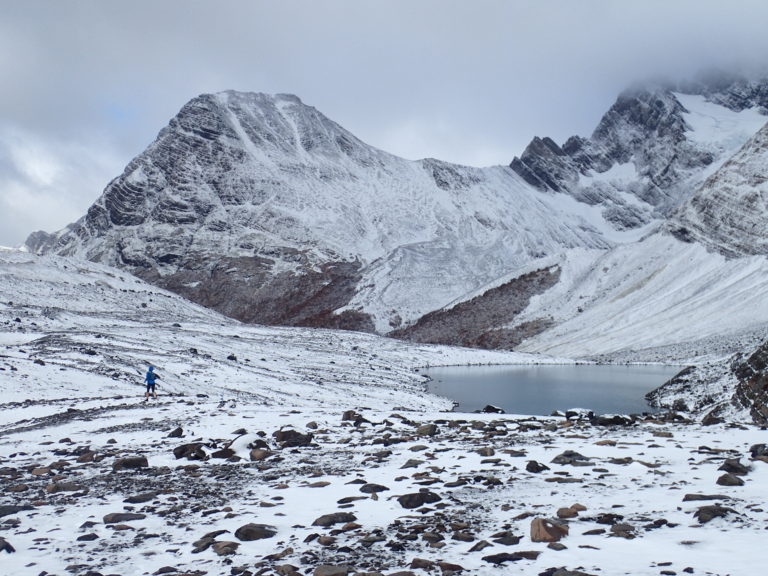
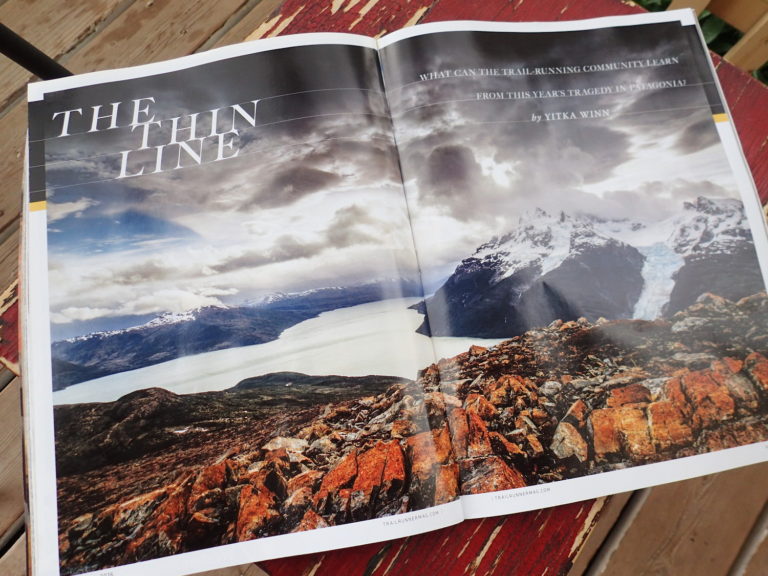
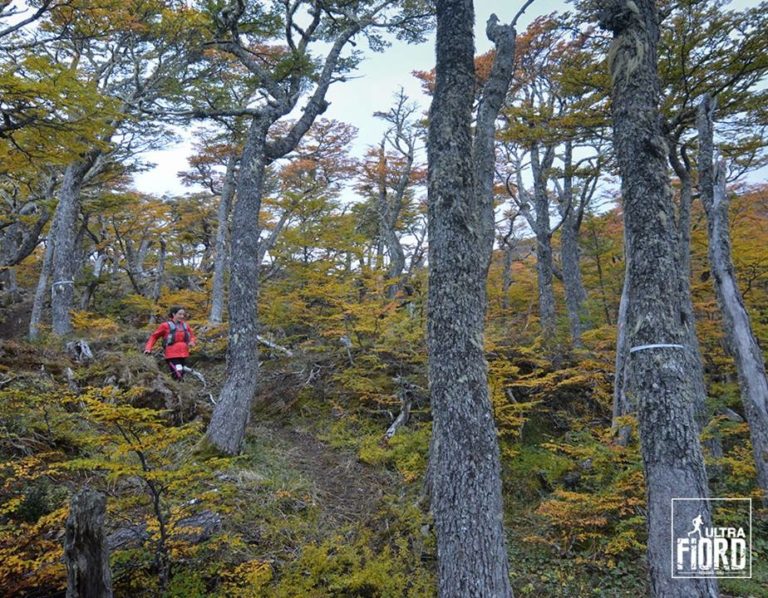

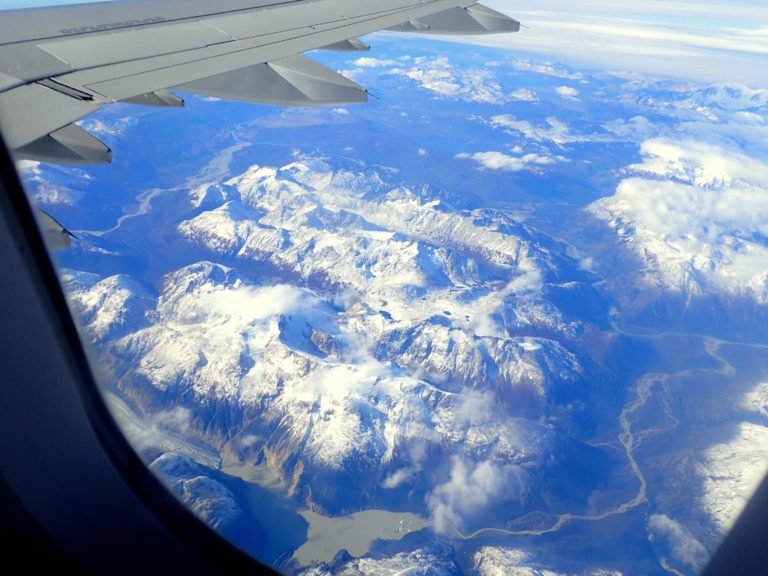
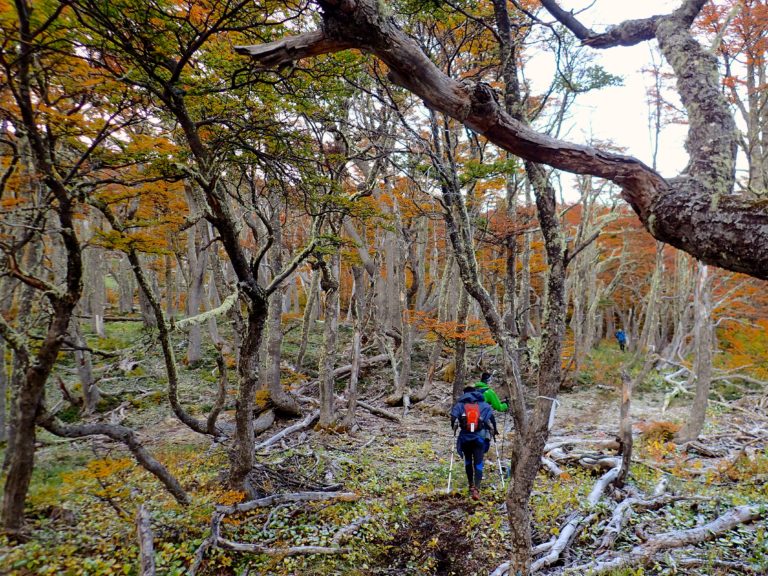
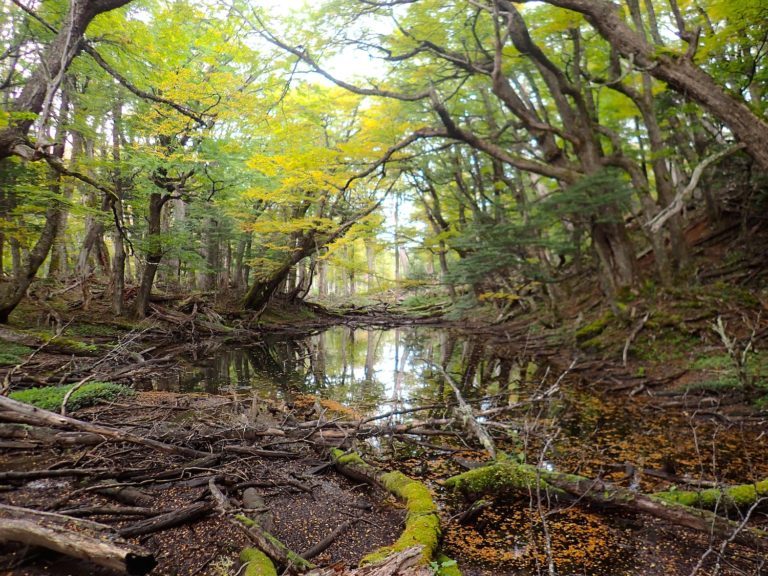
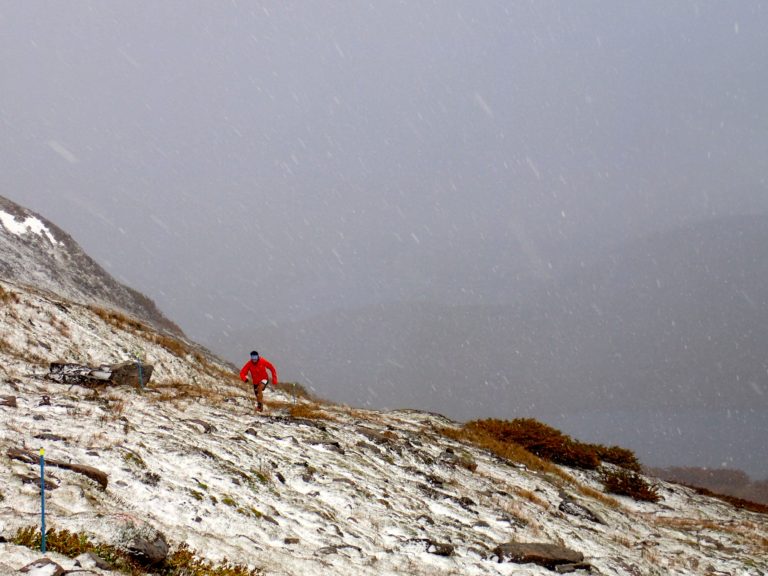
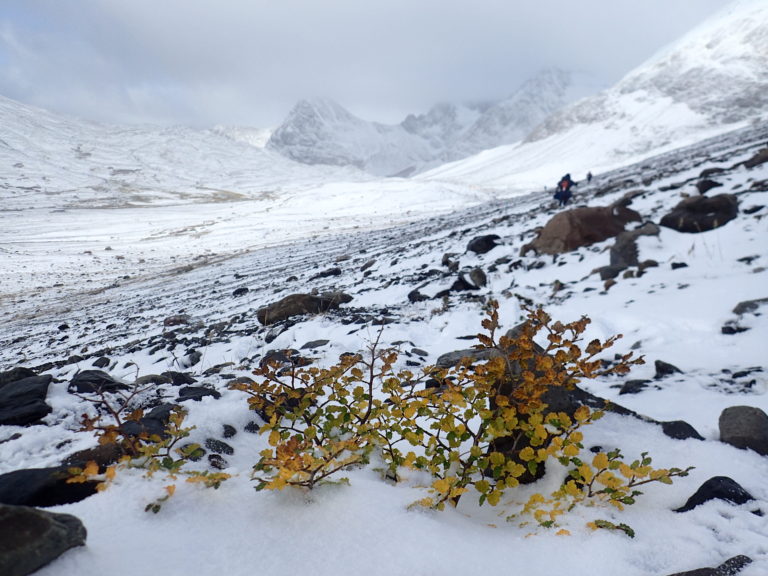
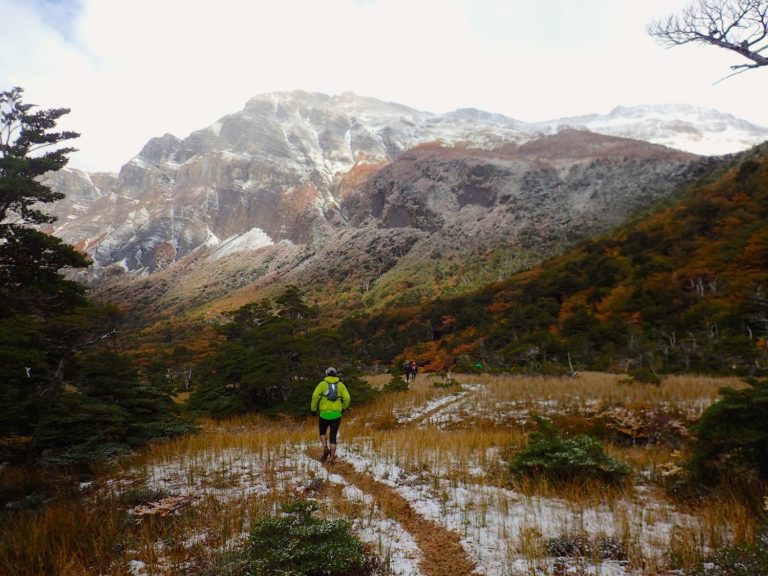
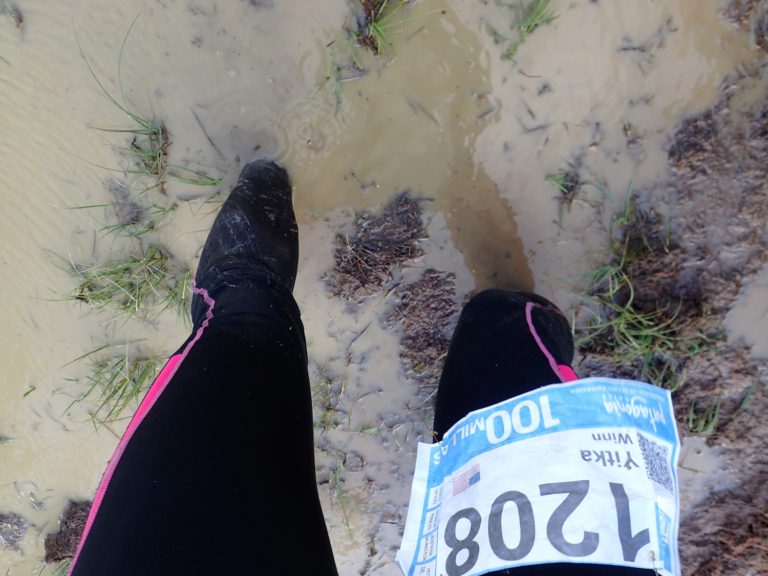
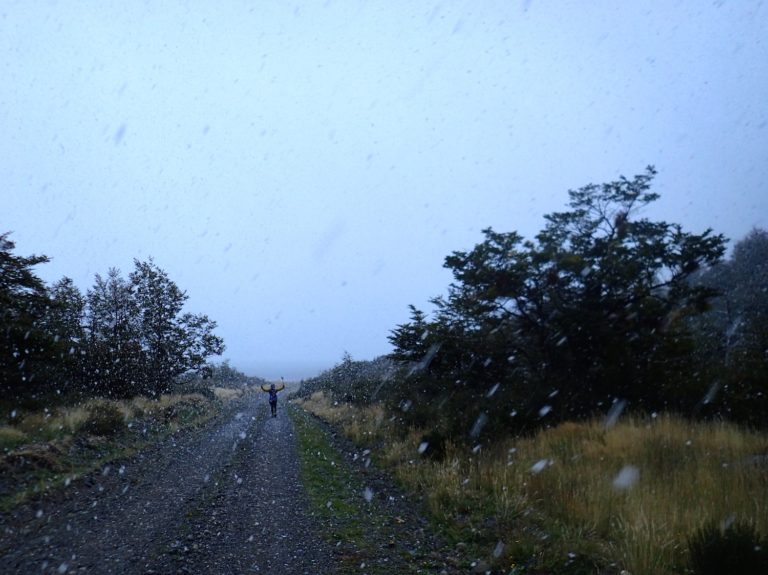
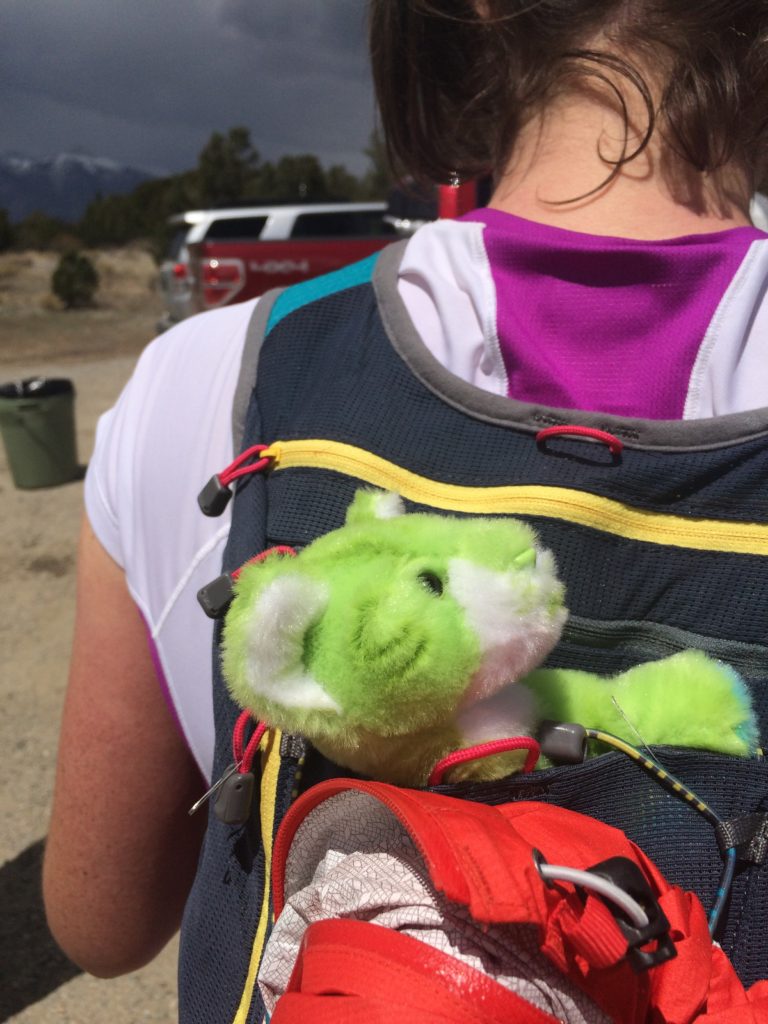
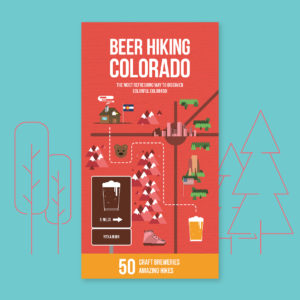
[…] the Ultra Fiord from a few months ago where the runner lost his life? Read Yitka’s report from the race, her thoughts on adventure, and whether she would recommend the race to others. Also, be sure to […]
[…] Here’s a link to Yitka Winn’s piece about Ultra Fiord. Also be sure to check out her long form write-up in the print issue of TrailRunner Magazine. […]
[…] ← Beautiful, Cruel Patagonia—My Ultra Fiord Race Experience […]